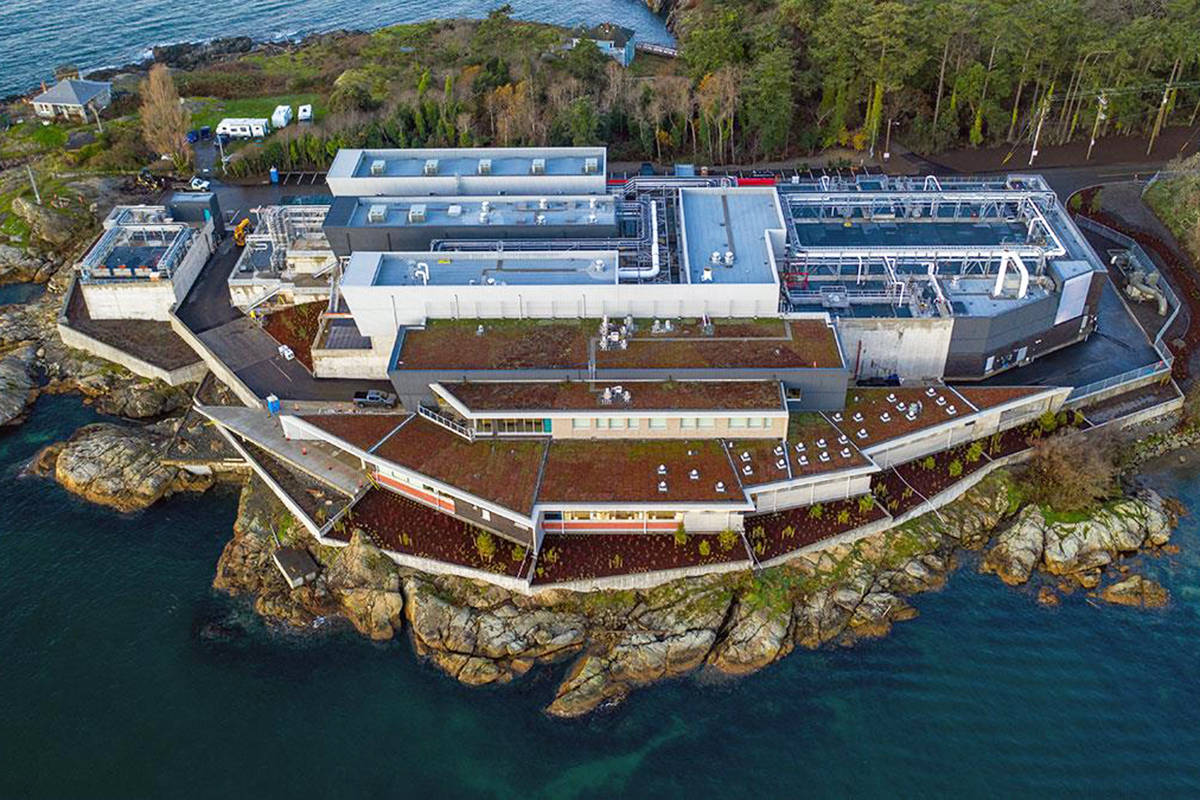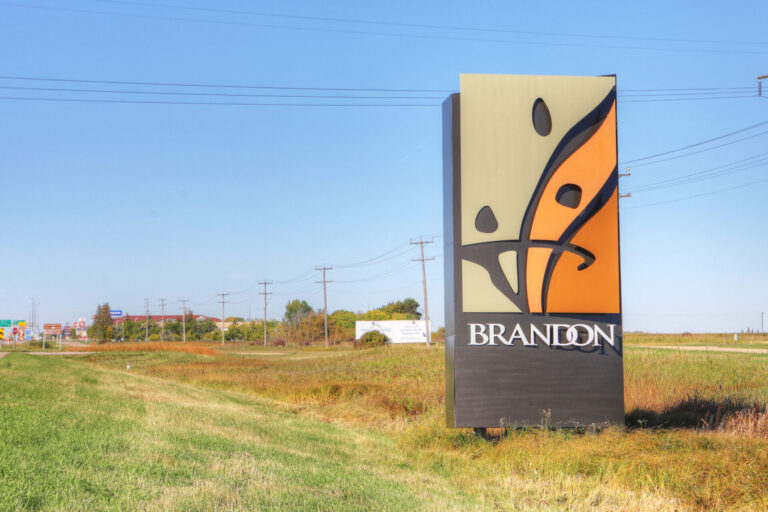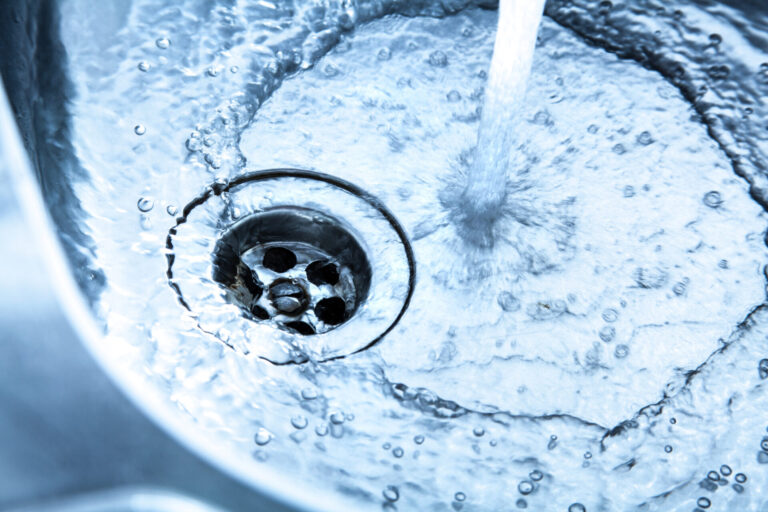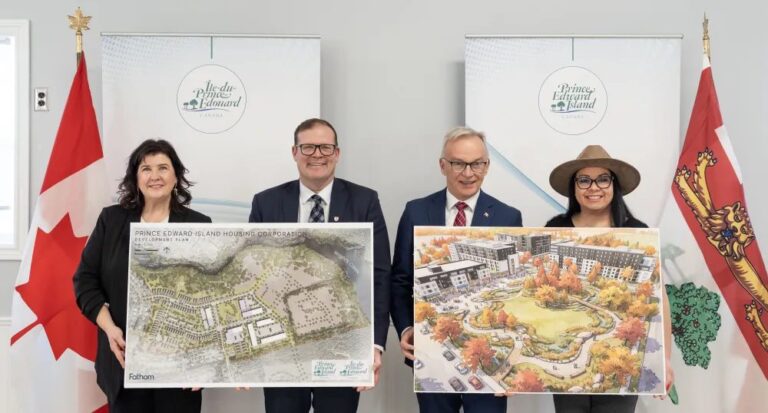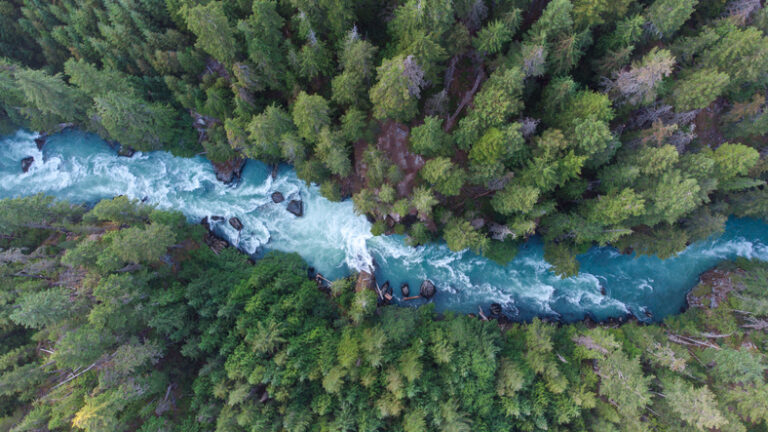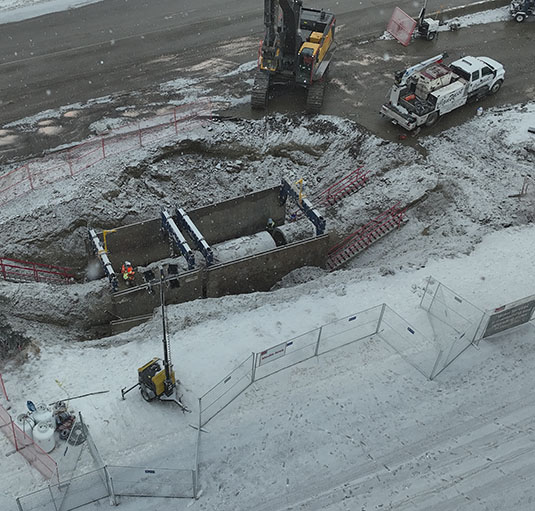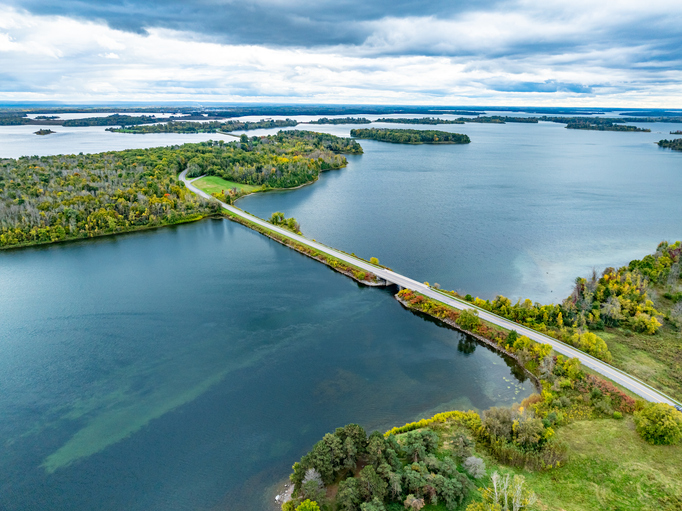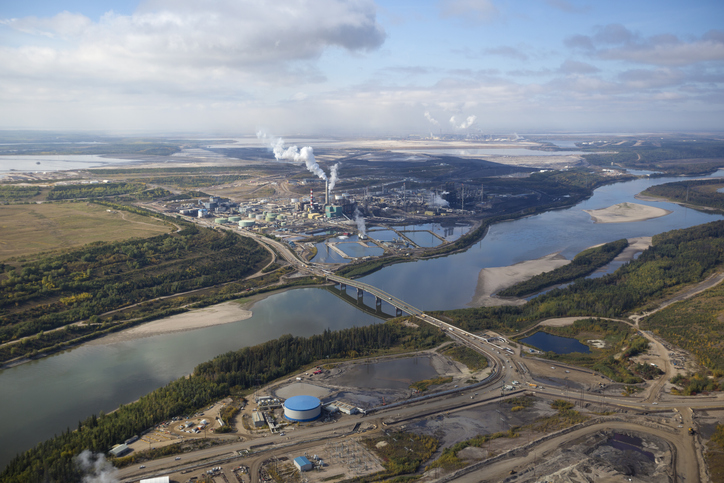AECOM and Graham Construction have successfully completed the design-build work on the first wastewater treatment plant in Victoria, British Columbia.
The McLoughlin Point Wastewater Treatment Plant provides tertiary treatment for wastewater from Victoria, Esquimalt, Saanich, Oak Bay, View Royal, Langford, Colwood, Esquimalt Nation, and Songhees.
“We’re honoured to support the Capital Regional District in delivering this world-class wastewater treatment plant by bringing forward our industry leading resume of water and environmental solutions,” said Marc Devlin, regional chief executive at AECOM.
Work at the facility began in 2017 by Harbour Resource Partners, a joint venture between AECOM and Graham. The plant is the main component of a $775 million wastewater program undertaken by the Capital Regional District.
The design-build partnership leveraged AECOM’s wastewater design and environmental expertise and Graham’s competence in this sector of construction in Canada. Despite logistical challenges due to the COVID-19 pandemic, the project was successfully delivered on time.
“The successful construction of the McLoughlin Point Wastewater Treatment Plant marks the completion of the most complex wastewater project ever built in Western Canada,” said Ian Dickinson, Graham’s executive vice president overseeing the project.
“We’re incredibly proud of our multi-disciplined team of builders who applied Graham’s extensive experience of wastewater construction to safely complete a wide range of construction challenges, including a one-kilometre hard rock directional drill across the outer harbour, a unique three level tertiary treatment plant perched on a rocky outcrop, and a long sub-sea outfall into the Strait of Juan de Fuca,” added Dickinson.
The project underwent extensive consultation with local Indigenous communities. Environmental work included acquisition of permits and approvals required for construction. Leveraging the strength of the design-build team’s technical experience in large-scale, multi-phase water projects, the plant’s relatively small footprint incorporates elements that promote sustainability and energy efficiency, including the construction of an operations and maintenance building, built to LEED Gold certification requirements, that utilizes heat recovery from within the facility.
In addition, an education and interpretive space is featured on the second floor of the building to engage the community with the plant’s water cycle, local natural environment, and the overall importance of stormwater management.
The plant can treat 108-megalitres of wastewater per day to a tertiary level—one of the highest levels of treatment available—leading to cleaner ocean waters in and around the south coast of British Columbia and northern Washington state. Prior to the plant’s opening, Victoria and its suburban municipalities would release all its wastewater into Juan de Fuca Strait, having just passed through screens.
Image Credit: CRD.

